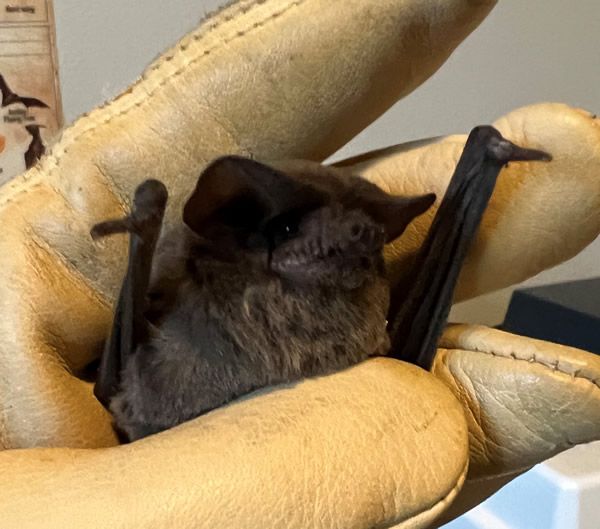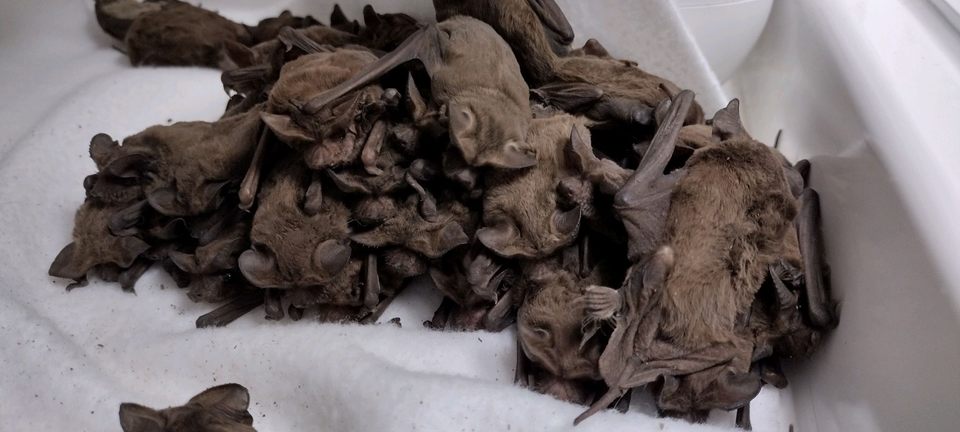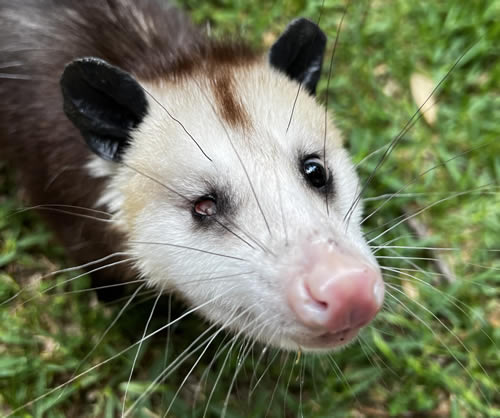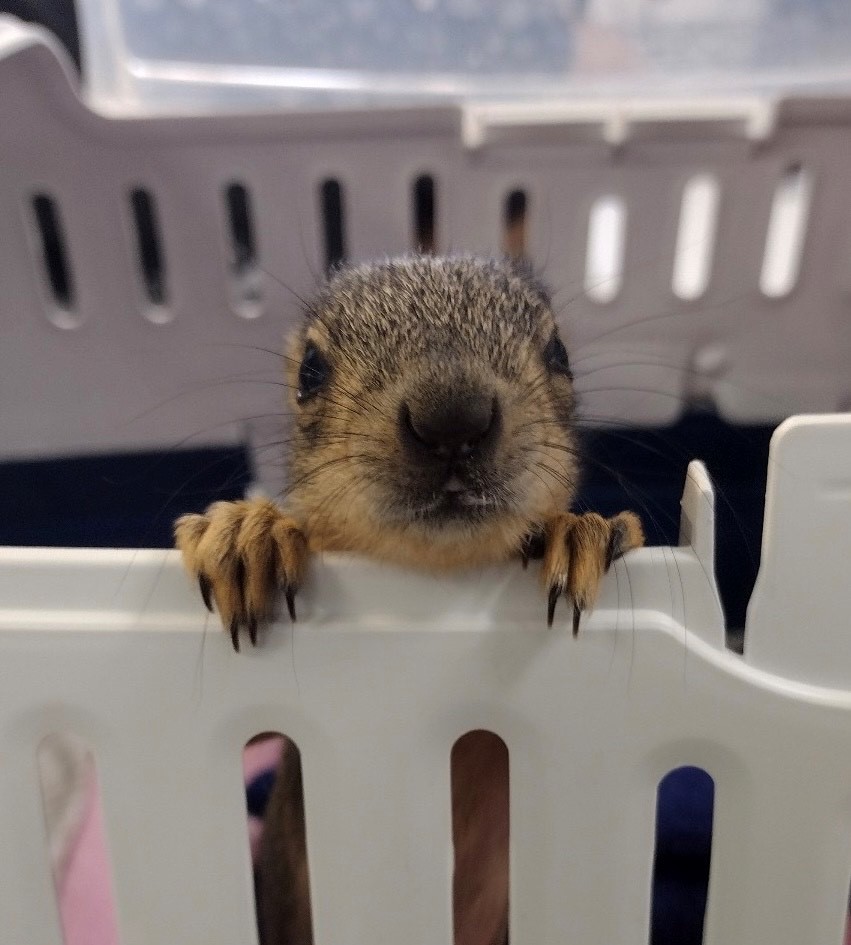RABIES VECTOR SPECIES - POTENTIAL EXPOSURE
Please call 713-767-3300 for Zoonosis Control if there was a potential rabies exposure
Have you found a Bat?
There is a potential for rabies exposure if any of the following have occurred:
- A person or pet was bitten or scratched by the bat and broke skin
- The bat was handled with bare hands on the bat’s head, mouth, or any sharp part of the bat’s body
- Bat saliva got into a person’s eyes, nose, mouth, or a wound
- A pet or stay animal came into contact with the bat
- The bat flew into someone
- A bat was found in a place with children, pets, sleeping people, or sensory or mentally challenged people

Have you found an INJURED or ILL bat?
If you find a bat of any age or species that is:
- Visibly injured
- Unable to fly
- Lethargic
- Covered in ants or flies
- On the ground
- Roosting within reach of a human standing on the ground
Please contact us at 713-468-8972 as soon as possible to determine further steps.
If we are closed, leave a voicemail and follow the Temporary Care Instructions below.
Temporary Care Instructions:
- Prepare a cardboard box for the bat: Poke air holes in the box using an object no larger than a pencil. Tape any holes larger than a pencil closed to prevent escape. Line the box with an old t-shirt or towel. (Avoid placing food, water, or grass in the box)
- Wear heavy gloves and do not handle the animal directly.
- Place the box on its side next to the bat, and use a stick or other object to gently push the bat into the box.
- Seal the box and any open flaps with packing tape so there are NO GAPS (bats can crawl out of very narrow gaps)
- Do not open the container to check on the bat at any point.
- Cover the container completely with a towel or blanket.
- Keep the animal in a warm, dark, quiet place. Darkness makes the animal feel more secure.
- Leave the animal alone. Human noise, touch, and eye contact are very stressful to wild animals and can result in shock or even death.
- Call Houston Humane Society Wildlife Center at 713-468-8972 as soon as possible and leave a voicemail if we do not answer!
Cold-Stunned Bats on the Ground
If you have found a cold-stunned bat on the ground, please watch the video "What to do if you find bats on the ground during a hard freeze" to learn how to help.
Please contact us at 713-468-8972 if you have found bats on the ground or any wildlife in need of help. If we are unable to answer, please leave a voicemail and your callback number!
Want to read about our bat rescue efforts in the 2024 freeze?
You can read all about it and see some great photos here!

General Information about Bat in the Houston Area
Bats are in the order Chiroptera, which is greek for “hand-wing”. This is because bat wings have the same bones in them that mammals have in their hands, so they are like hands with really long fingers and webbing. Nine species of bats live in the Houston area that fall under three different roosting styles: tree branch roosting, cavity roosting, and cave roosting. Tree branch roosting bats include eastern red bats (Lasiurus borealis), seminole bats (Lasiurus seminolus), hoary bats (Lasiurus cinereus). Some bats prefer to roost in the cavities of trees (ex: under loose bark) rather than on the branch. Cavity roosting bats include big brown bats (Eptesicus fucus), evening bats (Nycticeius humeralis), tricolored bats (Perimyotis subflavus), and silver-haried bats (Lasionycteris noctivagans).
While bats can carry rabies, it is actually very uncommon with fewer than 0.5% contracting the virus. Bats are really quite beneficial creatures that can eat thousands of insects in just one night. The Texas Parks and Wildlife Department determined that the value of insect control by bats in Texas is $1.4 billion per year! Those that do not eat insects are often pollinators or fruit-eating bats that help with seed dispersal.
Many bat species can live up to 20 years (some can live even longer!), but some have a lifespan of only a few years in the wild. Texas is the summer home for the largest colony of bats in the world; they concentrate to the Houston area from March till October. Breeding season for bats varies greatly depending on the species, but many will breed in the fall prior to hibernation.


